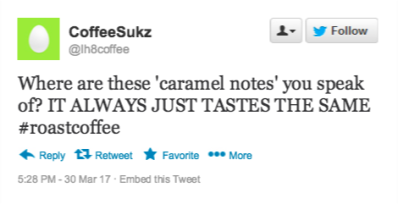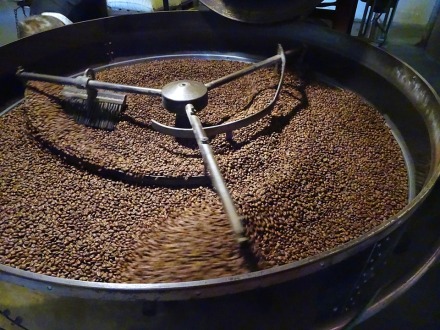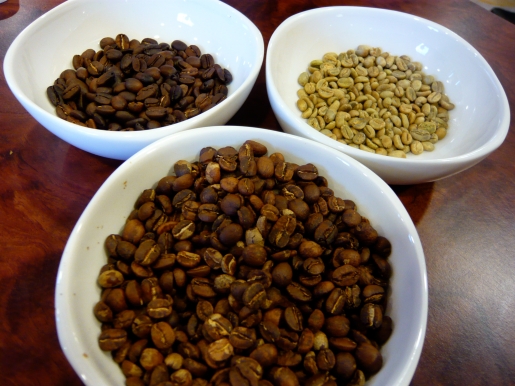So, we know where the bean comes from, but have you ever been curious on how it gets from that green bean in the wild to the delicious brown bean that is used for your morning coffee?
This happens by coffee roasting, which is different to the trend going round at the moment where you roast your friends. Coffee roasting is where the beans are subjected to extreme heat and heated until they turn that perfect shade of brown (which can change depending on what flavour you want to go for).

Not the type of roasting that we are talking about…
The process begins as an endothermic reaction. This just means that the reaction absorbs heat. At this stage the beans are dried slowly until they begin to smell – this will normally smell like popcorn or toast. People from Dunedin will be very familiar with this smell, as the Greggs factory wafts its burnt toast smell across town – especially bad on my side of uni (apparently there have even been concerned people in the department who think a fire has started).

Coffee Roasting
After this smell begins to occur, the next step known as ‘the first crack’ happens at about 205°C. During this stage, the bean become a lighter brown colour, double in size (due to carbon dioxide loss) but loses about 5% of its weight.
The beans lose their green colour through this process due to the breakdown in their chlorophyll and well as the Maillard reaction. This is a chemical reaction between amino acids and sugars which end up producing flavour compounds and melanoidins (which also contribute to that lovely brown colour).
Anyway, back to the roasting. The temperature is then increased to about 220°C. The bean loses more of its weight – about 13% and the colour changes to a darker colour.
This process is called pyrolysis. This is the decomposition of organic material and is basically what happens to all your food when you cook it and is also responsible for the colour of the roasted bean.

Different coffee roasts – Taken by Jessica Spengler
The next step is exothermic (the heat is released) and then the second crack occurs. The bean gets darker still and the temperature gets cranked up to bout 225-230°C. This is when the beans get their oily outer layer.
Depending on how long the roasters leave the bean in during this process will alter the type of roast they will get in the end. The degree of the roast will change the flavours that come through from the bean.
There you go, another week. #SCIENCED
Make sure you are back on Sunday for more coffee science!!
Photos taken from:
So interesting Gini! Thanks for the info 🙂
LikeLike